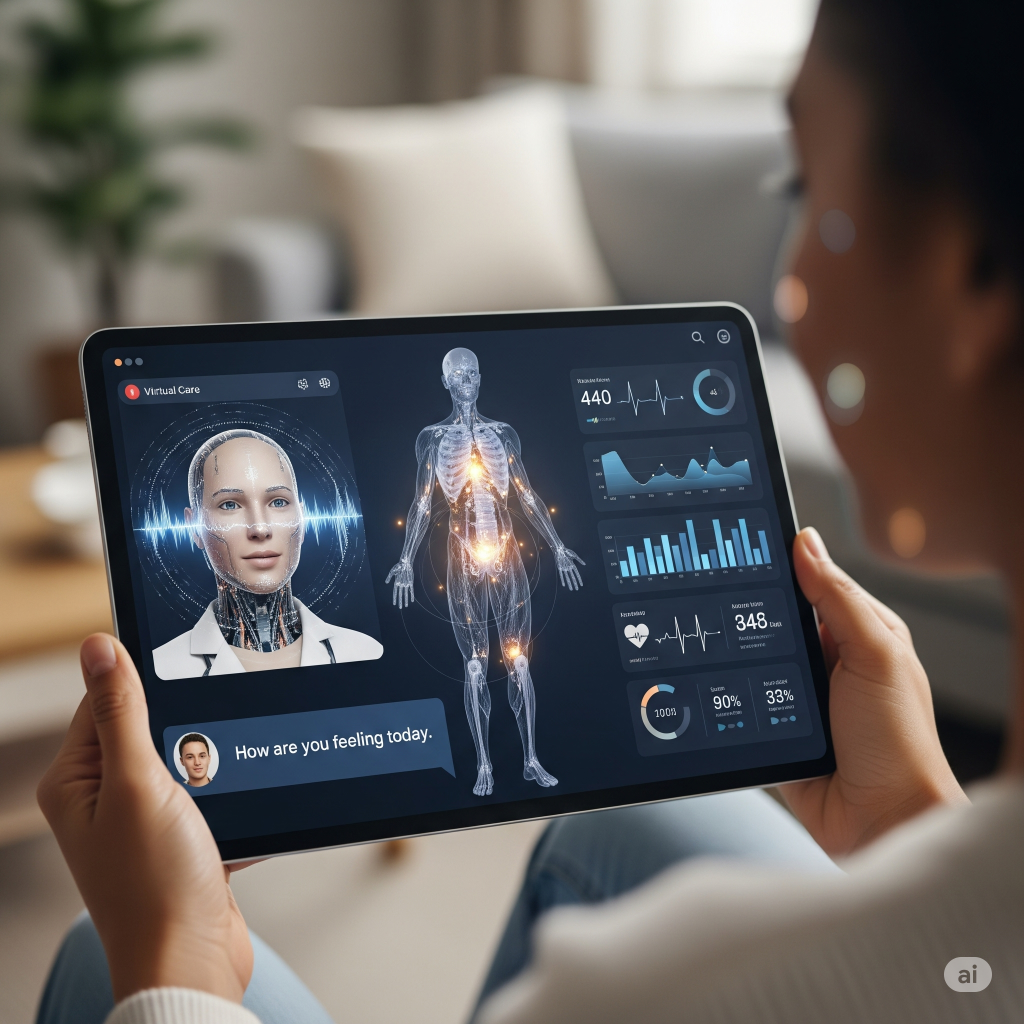Cedars-Sinai, one of the nation’s leading healthcare institutions, is at the forefront of integrating artificial intelligence into patient care. Its AI-powered virtual care system, Cedars-Sinai Connect, has already served more than 42,000 patients—a milestone that signals how rapidly AI is reshaping the frontlines of medicine. By streamlining intake, improving triage, and even generating treatment suggestions that rival or outperform physician recommendations in certain cases, the platform is setting a new standard for what virtual healthcare can achieve.
How AI is Transforming the Frontline of Care
Traditionally, telehealth has been seen as a digital extension of in-person medicine, offering convenience but often limited by staffing constraints and technology adoption challenges. Cedars-Sinai Connect shifts this paradigm. The AI system serves as the first point of contact, guiding patients through symptom assessments, capturing medical histories, and triaging concerns with precision.
Instead of waiting for a physician to review every detail, patients are funneled into the right level of care—urgent, primary, or self-management—based on evidence-driven algorithms. This not only improves efficiency but also alleviates the administrative burden on physicians, allowing them to focus on complex cases that truly require human expertise.
One of the most striking findings from Cedars-Sinai’s ongoing study is that the AI-generated care recommendations have, in some instances, outperformed physician suggestions in both accuracy and adherence to clinical guidelines. This does not replace the role of physicians but underscores AI’s potential as a collaborative partner in delivering high-quality care.

Patient Satisfaction and Measurable Outcomes
Early results from the platform’s deployment highlight encouraging outcomes. Patient satisfaction surveys indicate strong approval, with many citing reduced wait times, clearer care instructions, and a more personalized experience. The AI’s ability to process medical information without bias also improves consistency in triage, which is particularly critical in high-demand periods when human error may increase.
Moreover, outcome tracking reveals that patients routed through Cedars-Sinai Connect are receiving timely interventions, reducing unnecessary emergency room visits and improving adherence to treatment plans. For health systems under pressure from staffing shortages and rising patient demand, these benefits are significant.
The Future: From Acute Episodes to Chronic Care
Looking ahead, Cedars-Sinai is exploring ways to expand the platform’s scope beyond initial triage and acute care. The next frontier is chronic disease monitoring, where AI could continuously track patient data from wearables, home devices, and electronic health records. By detecting subtle changes in condition, the system could flag risks earlier and suggest proactive interventions, shifting the model from reactive to preventive medicine.
Another area under consideration is urgent care AI integration, where the platform could assist in rapidly assessing acute issues like infections, injuries, or sudden exacerbations of chronic conditions. With proper oversight, this could dramatically reduce wait times in urgent care settings while ensuring that patients receive evidence-based care quickly.
A Paradigm Shift in Healthcare Delivery
The success of Cedars-Sinai Connect demonstrates that AI is no longer a futuristic concept but an operational reality in modern healthcare. As hospitals and clinics across the country grapple with workforce shortages, rising costs, and increasing patient demand, solutions that extend the reach of medical expertise without compromising quality are becoming essential.
The question is no longer whether AI should be integrated into healthcare, but how best to do so responsibly. Cedars-Sinai’s experience offers a compelling blueprint: using AI not as a replacement for physicians, but as an amplifier of medical judgment, efficiency, and accessibility.
In the years to come, platforms like Cedars-Sinai Connect may very well redefine how patients access care—making healthcare not only more efficient but also more patient-centered.

Leave a Reply